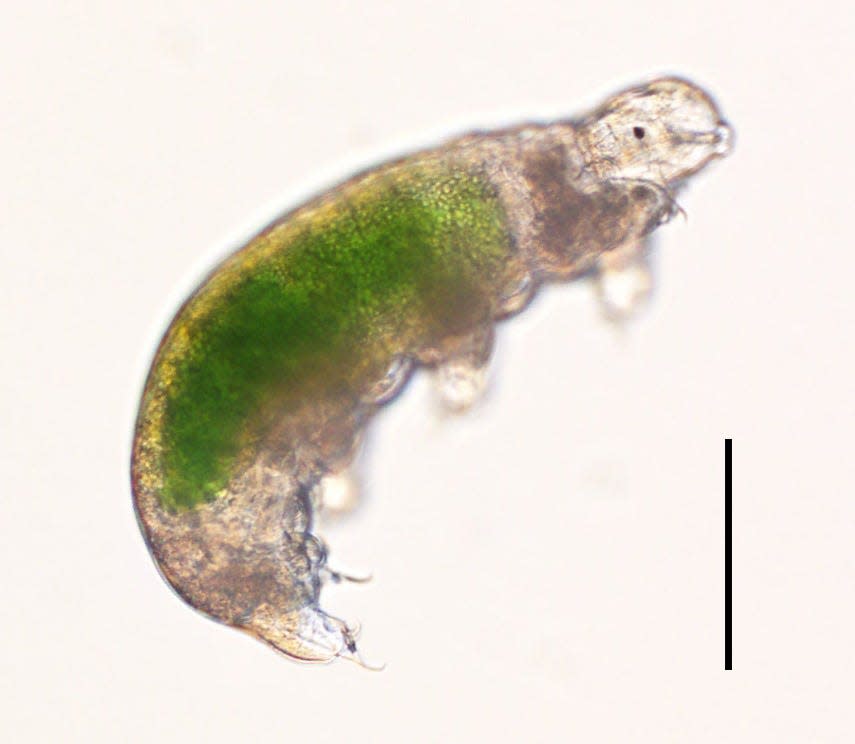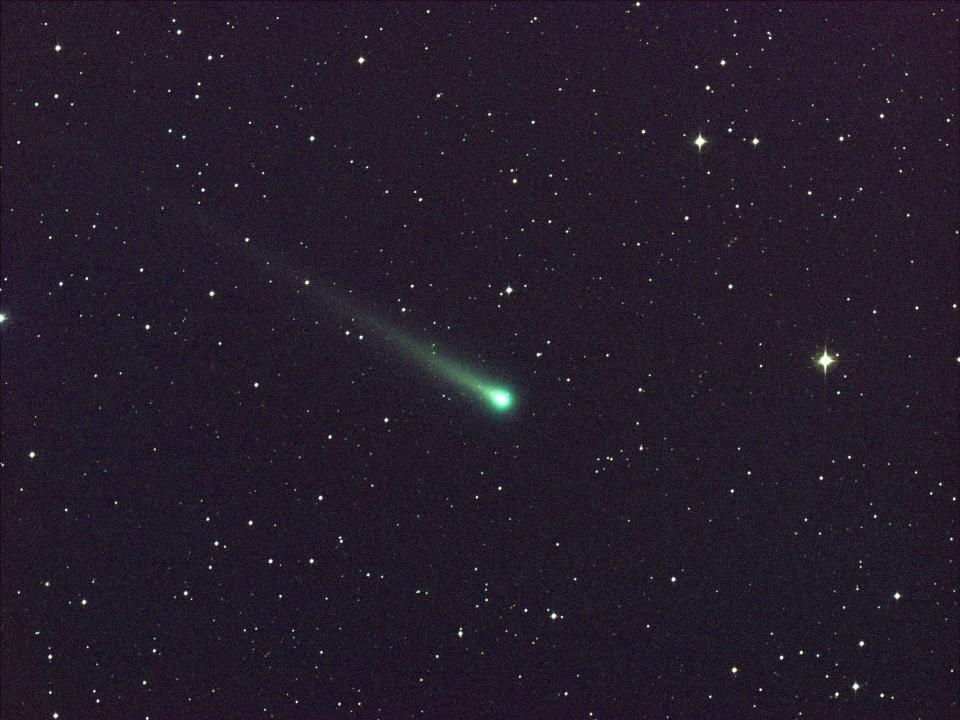Scientists shot tardigrades out of a gun at more than 2,000 mph to see if the critters could survive
Tardigrades can survive in extreme environments, but a 2021 study showed they're not indestructible.
Scientists found these creatures couldn't survive speeds above 2,000 mph when shot out of a gun.
This suggests the microscopic creatures that crashed on the moon in 2019 did not survive.
Tardigrades have a reputation for being among the hardiest critters in the animal kingdom.
These microscopic creatures can survive in the vacuum of space, inside a volcano, and in an Antarctic lake nearly a mile underground. They have even returned to normal functioning after being frozen for three decades.
But according to a 2021 study from the UK published in the journal Astrobiology, even seemingly indestructible tardigrades have their limits.
For that study, researchers at the University of Kent shot canisters full of tardigrades out of a high-speed gun at various speeds to see whether the creatures could survive the pressure of each resulting impact.
After being shot out at speeds under 900 meters per second (about 2,000 mph) — that's faster than your average bullet — the tardigrades could be revived. Any faster than that and they didn't make it, according to the astrochemist Alejandra Traspas, a coauthor of the study who's now at Queen Mary University.
Being shot at more than 2,000 mph meant the critters experienced at least 1.14 gigapascals of pressure on impact.
"They just mush," Traspas told Science.
Solving a lunar mystery

Tardigrades are also known as water bears or moss piglets — apt nicknames, considering that these 0.02-inch-long organisms look like eight-legged potatoes with scrunched-up faces and tiny paws under a microscope.
The critters can withstand temperatures between minus 328 degrees Fahrenheit (minus 200 degrees Celsius) and 304 degrees Fahrenheit (151 degrees Celsius) and pressure up to six times that of the deepest part of Earth's oceans.
They're able to survive lethal radiation and temperatures because water bears, like their namesake, can enter a state of hibernation. Tardigrades can go without water and oxygen for long periods of time in a state of suspended animation called cryptobiosis, in which their bodies dry up and their metabolisms shut down. Place a dehydrated, hibernating tardigrade in water, and it regains its full function in a matter of hours.
So when an Israeli spacecraft carrying a horde of hibernating tardigrades crashed on the moon in April 2019 because of a computer glitch, scientists thought the animals would surely have survived.
But Traspas wasn't so sure. "I was very curious," she told Science. "I wanted to know if they were alive."
To test the theory, Traspas' team froze 20 tardigrades (to get them to hibernate), loaded them into hollow nylon bullets, and fired them at sandbags using a high-speed gun.
They found the animals couldn't survive an impact if the bullet was fired at more than 2,000 mph — only fragments of the tardigrades remained — because the pressure of 1.14 gigapascals from the impact was just too great.
Though the spacecraft was traveling only about 310 mph when it smashed into the moon two years ago, the impact pressure when the lander hit the lunar surface was "well above" that 1.14-gigapascal threshold, according to Traspas.
"We can confirm they didn't survive," she told Science.

The findings also throw some cold water on the theory known as panspermia, which suggests microscopic organisms like tardigrades can hitchhike across the solar system on asteroids fragments that ricocheted into space after their parent rocks hit a moon, for example.
According to panspermia proponents, those asteroid fragments, or meteorites — and the organisms they carry — could one day seed life on another planet.
But if tardigrades can't survive the pressures of a collision with our moon, it's unlikely they could survive a meteorite impact with another planet, the study authors wrote.
This post has been updated. It was originally published on May 22, 2021.
Read the original article on Business Insider

